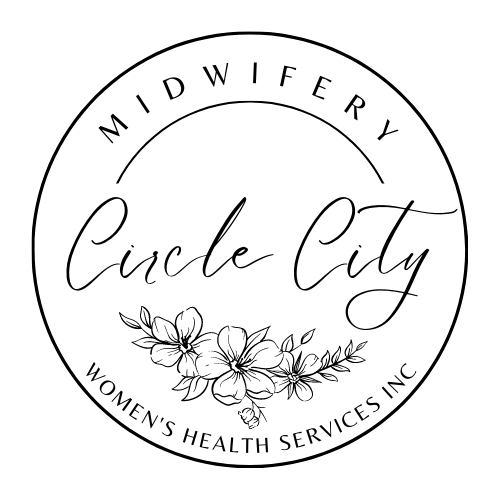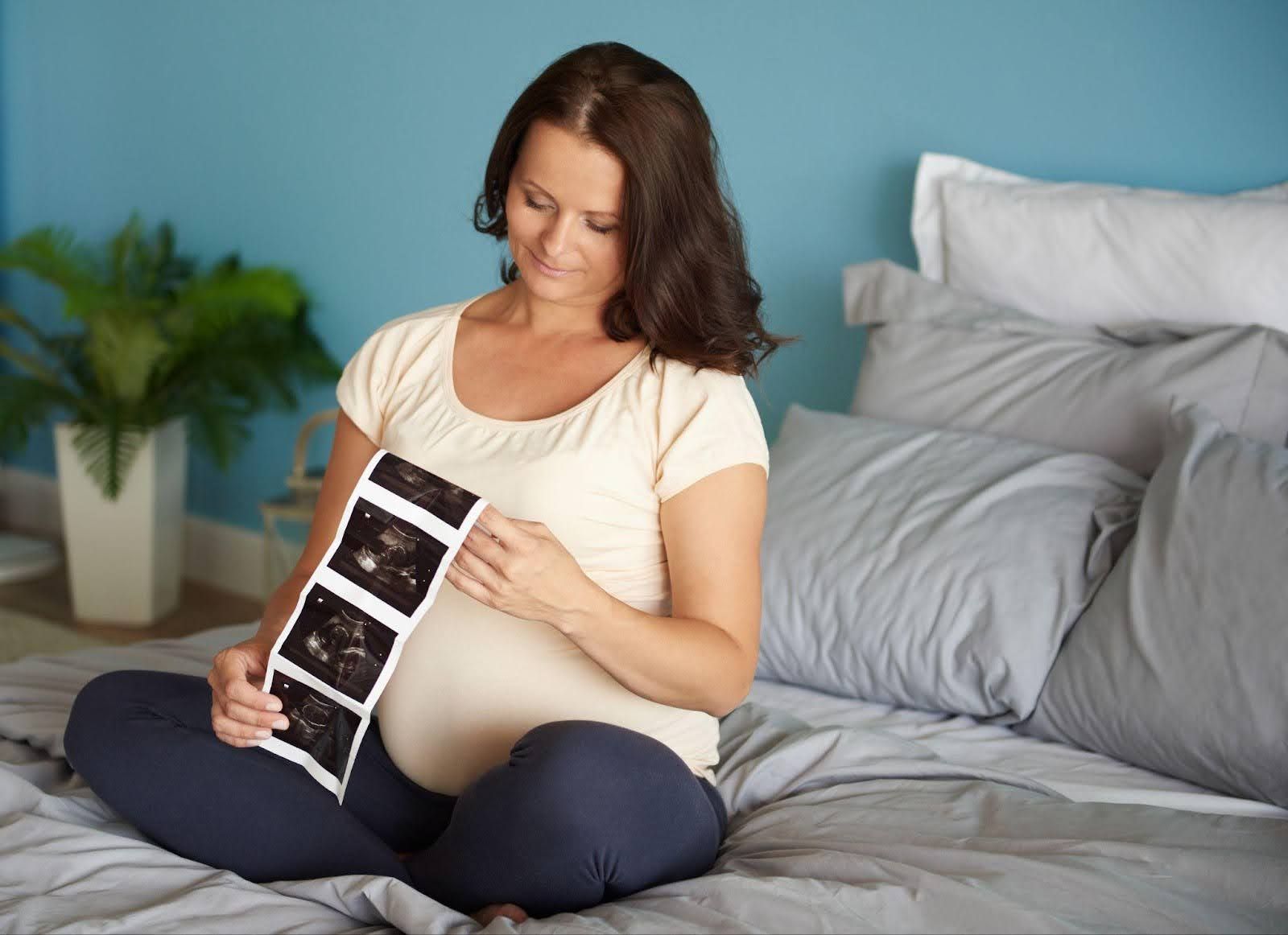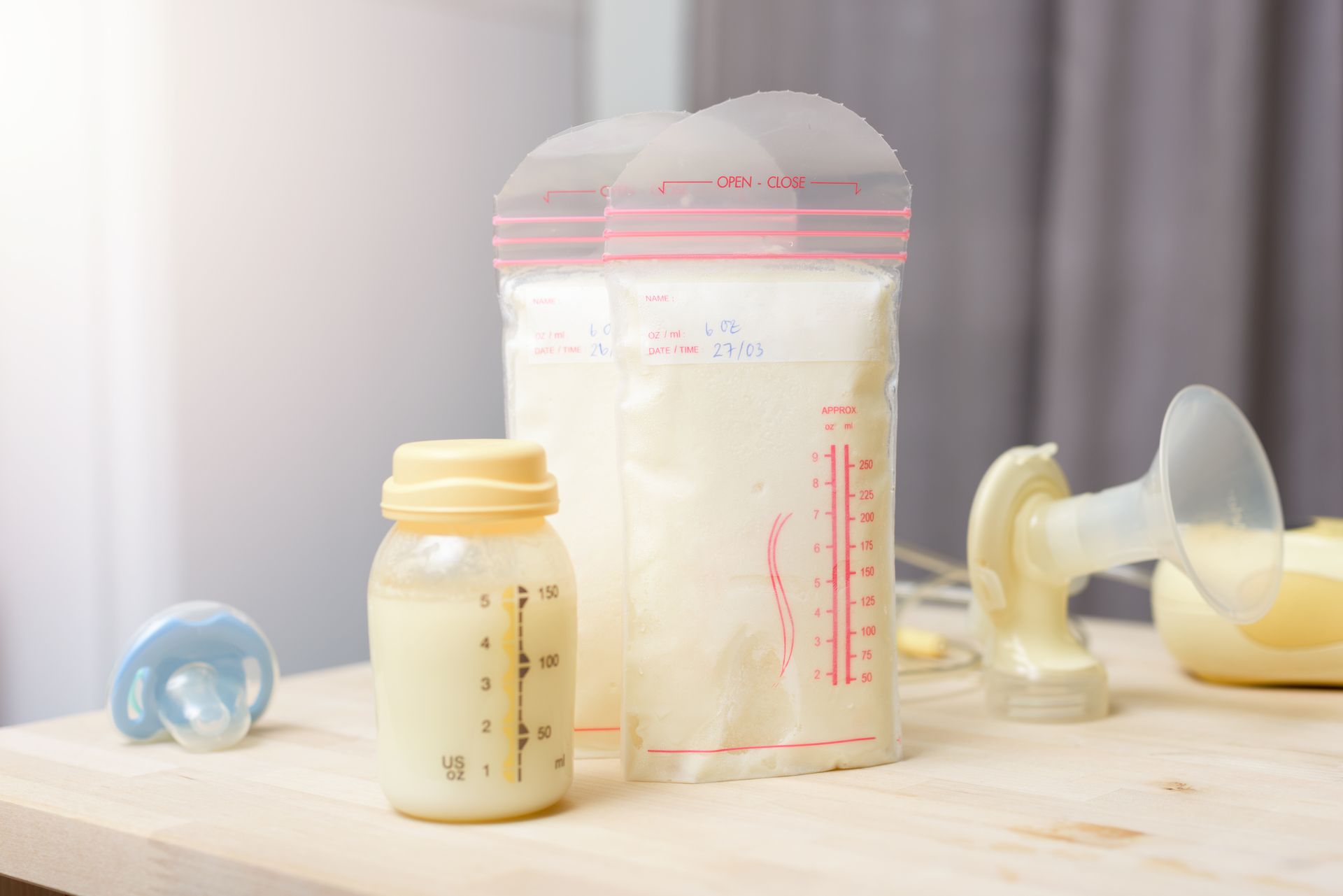951-547-4208
info@ccmidwifery.com
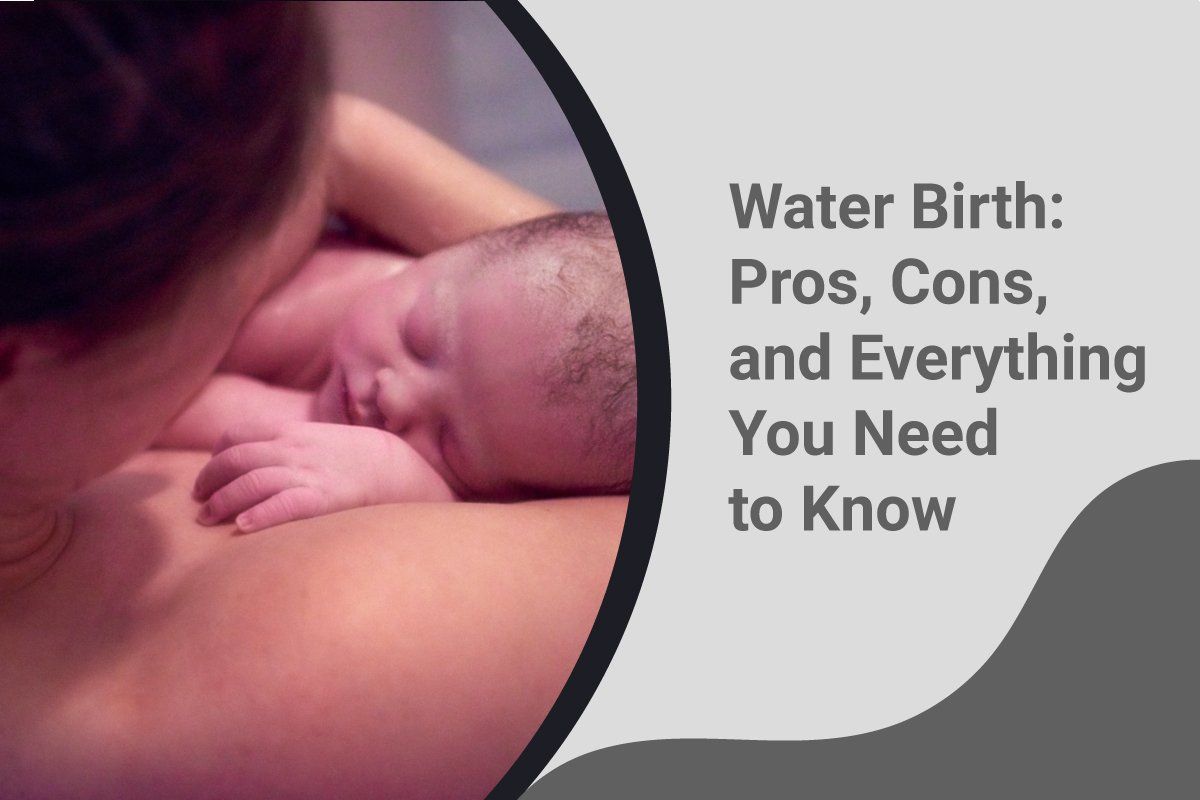
If you've ever wondered about water birth, you're not alone. In fact, most people are curious about the process. They wonder how it differs from other types of childbirth. But if you're looking for more information about this natural birthing option, read on! Here's everything you need to know about water births:
What is Water Birth?
Water births have been gaining popularity as an alternative to mainstay birthing methods, especially here in the US. This practice occurs when the baby is born entirely submerged in water, generally in a birthing pool. It can be done at home but is usually done in special birthing centers with midwives and nurses ready to assist you. This process allows moms to experience pain relief and reduce stress levels while giving their babies a safe and healthy delivery.
How Did It Start?
Ever since the dawn of man, every culture has revered water for its life-sustaining and healing properties. Women also used water in labor and birth for millennia. Evidence of its use dates back to ancient civilizations, where mothers gave birth in shallow lakes, streams, the ocean, and tide pools.
Its rise in popularity started during the 20th century when Igor Tjarkovsky, a swimming instructor and a midwife, introduced it in Russia. Then in 1983, an obstetrician named Herman Ponette started installing birthing tubs in his hospital in Belgium. Since then, Herman has attended 5,500 water births.
With a steady increase in popularity, the earliest water births in the West occurred at home in pools. The couples often improvised by creating at-home pools while midwives attended to them. They constructed these birthing pools using any large waterproof container.
Several of these incidents co-occurred worldwide and caused rippling effects in obstetrics.
Are Water Births Safe?
Water birth is a safe choice for both the mother and the baby. It's important to note that water birth can be done in any position, helping mothers to move freely in the water.
Water births can help increase the strength of your pelvic floor muscles. With the benefits of buoyancy, the impact on these muscles becomes minimal. This is especially important because many conditions – including incontinence, pelvic organ prolapse, and pregnancy-induced hypertension – can make getting up from lying down after childbirth difficult. Mothers are also associated with an increased risk of developing chronic complications like constipation or urinary incontinence. During labor, the pressure on the nerves while pushing against the abdomen is the likely cause.
The Pros and Cons of Water Birth
A part of the growing popularity of water births is the benefit of reducing pain and shortening labor time. Buoyancy is believed to play a massive role in this. It allows mothers to move freely and promotes more efficient uterine contraction with improved blood circulation. These factors not only provide less pain but also provide more oxygenation to the baby.
Other benefits for the mother include :
- Warm water reduces anxiety due to its warm, relaxing effect.
- It often helps with elevated blood pressure due to anxiety.
- As it reduces stress, water also aids in producing endorphins that serve as pain inhibitors.
- Warm water mitigates the incidence of tears since it makes the perineum elastic, reducing the need for an episiotomy.
- Water provides greater privacy, lowering inhibitions, anxiety, and fears.
Other benefits for the baby:
- Provides an environment similar to amniotic fluid, which offers a gentler delivery
- Eases the stress of birth, thus increasing security and reassurance
A study in December 2019 by the University of Michigan found that land and water births were equally safe. It also revealed that women in the water group sustained fewer first and second-degree tears. There were no differences in outcomes between water birth and land birth for neonatal intensive care admissions, and postpartum hemorrhage rates were similar for both groups.
Water births are not significantly riskier than land births, but when they occur at home—and most of them do—there is an increased risk. That's because there's no immediate medical help with home water births.
Who Is Not Allowed?
The best candidates for water birth are those considered low-risk pregnancies. Those with signs of preeclampsia, gestational diabetes, or at risk for postpartum hemorrhage are considered high-risk pregnancies. Fetal monitoring is essential in these cases, which cannot be done during a water birth. Other things that would not permit you to have water birth are the following:
- Mothers who have undergone a C-section in their previous pregnancies.
- Preterm birth
- If the baby is breech
- Multiple pregnancies (twins, triplets, quadruplets, etc.)
- Infections such as herpes
- If the baby is too big for its gestational age or macrosomia.
Things You Need to Prepare for Water Births
A water birth tub or pool is vital in achieving buoyancy and pain relief. Most of them are inflatable, similar to a kiddie pool. Women can labor in different positions when using a water birth tub because its flexible sides are softer than regular bathtub sides.
It is also recommended that whenever active labor is starting – when you feel the contractions are persistent, that is when you get into the tub.
There are also a few things that will make the water birthing process more manageable and perhaps more comfortable if you have the following:
- Towels (both for the mom and the baby)
- A tank top to wear in the tub
- Buckets to hold towels or warm water
- A labor gown to change into after birth
- Gloves to clean the tub
- Perineal rinse bottle to soothe your tender bottom
- Floating thermometer to help regulate temperature
We Are Here to Help
Are you considering a water birth as a part of your birth plan? Then we are here for you. At Circle City Midwifery, we offer the best care in welcoming your new baby into this world. Contact us today at (951) 547-4208.
